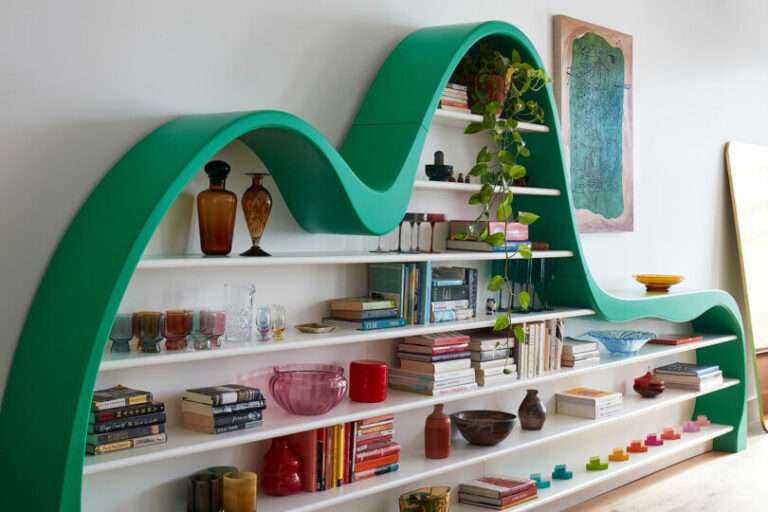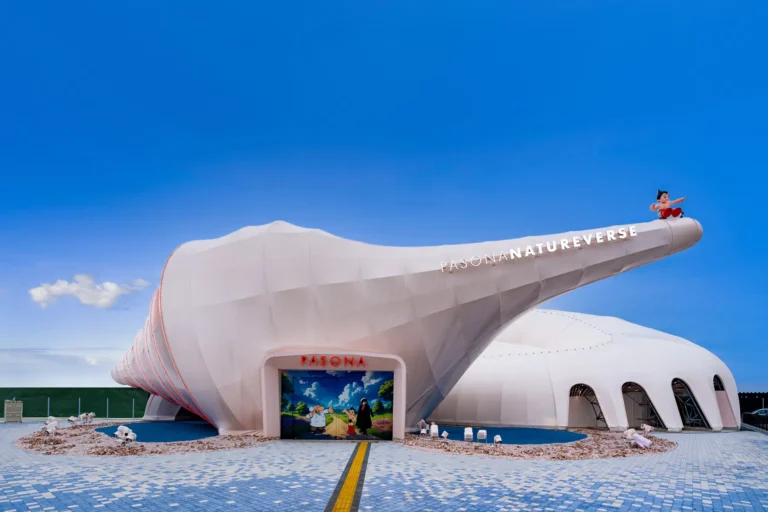The Shift in India’s Cultural Landscape: A Look at Contemporary Projects
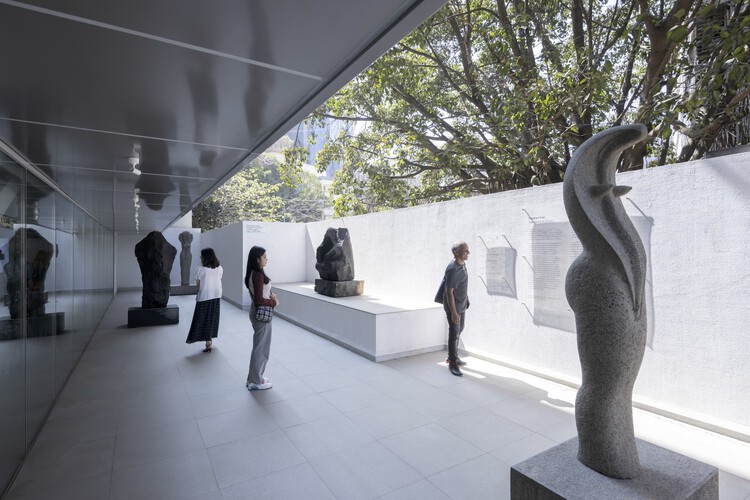
India hosts a multitude of museums, art galleries, public libraries, theaters, and heritage centers. Nevertheless, many of these structures remain abandoned and fossilized like the artifacts they intend to present and protect. The development of cultural infrastructure in India has historically been a government endeavor, often resulting in a state of stagnation. The past two decades have seen a noticeable shift in the country’s cultural landscape. Increased interest from private institutions has paved the way for plenty of cultural projects to be initiated, usually in partnership with city authorities. These contemporary projects aim to celebrate the richness of India’s historical and contemporary culture, becoming prize destinations for the rising middle class.



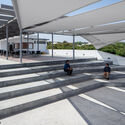

The city of Bangalore in the state of Karnataka is one that has seen immense development in this aspect, with famed institutions like the Ranga Shankara Theater, the Indian Music Experience Museum, the recent opening of the Museum of Art and Photography by Mathew and Ghosh Architects, and the upcoming Bangalore chapter of the Science Gallery. Principal Architect and Partner at Mathew and Ghosh Architects, Nisha Mathew Ghosh recalls the beginning of an escalating movement with their competition project for the Freedom Park in the early 2000s. “For the first time, the government, which had never previously engaged with Indian architects, began to collaborate with the private world to facilitate infrastructural development” she shares in conversation with ArchDaily. The Freedom Park was set up by a public-private body established to provide a vision for the city.
 The Museum of Art and Photography Bangalore / Mathew and Ghosh Architects. Image © Iwan Baan
The Museum of Art and Photography Bangalore / Mathew and Ghosh Architects. Image © Iwan BaanMathew and Ghosh Architects’ winning proposal envisioned a democratic 21st-century urban park, with a motley of cultural programs injected into the space. The project set a new wheel churning in the city, encouraging countless projects such as the development of sidewalks, public toilets, and the famed Church Street – a pedestrianized private-public street. Following the opening of the Freedom Park, many prominent entrepreneurs started to approach municipal bodies with ambitions for the city and generous amounts of capital. Public-private infrastructure partnerships are now increasingly prominent in the realm of cultural architecture across Indian cities.
Related Article
Building for a Growing Population: Shifting the Focus to Rural India
Also part of the larger story of private initiative driving projects for the city is the Bangalore International Center (BIC), designed by the architecture practice Hundredhands. The BIC was conceived as a space to enhance dialogue and foster ideas across cultures, religions, regions, societies, and economies with free cultural events for the community. The center hosts an auditorium, seminar rooms, an art gallery, a library, a restaurant, and a flexible space for congregation organized behind a glass facade that visually links it to its neighborhood. “What makes the BIC a successful and appreciated cultural space in the city is the stewardship behind it”, Bijoy Ramachandran, Director and Partner at Hundredhands, points out, “People have taken over the building and turned it into a place of its own by curating events”. The BIC also experiments with a new form of programming, including retail ventures to attract larger sections of society.
 Bangalore International Centre / Hundredhands. Image © Andre Fanthome
Bangalore International Centre / Hundredhands. Image © Andre Fanthome
Although it has a significant role, architectural expression is not the only determinant of success for a cultural infrastructure project – curation and stewardship become pivotal in imbibing real value into the space. Without public support and ambition, cultural institutions become defunct properties. “Building cultural infrastructure is the easier part – the difficulty comes in ensuring the lifespan of these spaces. Injecting an appropriate and egalitarian program into it is of utmost importance.” Ramachandran concludes.
While there is increasing interest from the government in the production of interactive cultural infrastructure, it is public-private partnerships that see the most success. At the city scale, the capacity of private entities to manage cultural institutions is much more meticulous. Today, opportunities for collaboration between the government and artists, thinkers, and makers are increasingly possible. “It is important to exercise this intersection between the government and the public. It is the coming together of government funds and public ideals that allow cultural spaces to take on the curation of the people”, Mathew Ghosh comments.
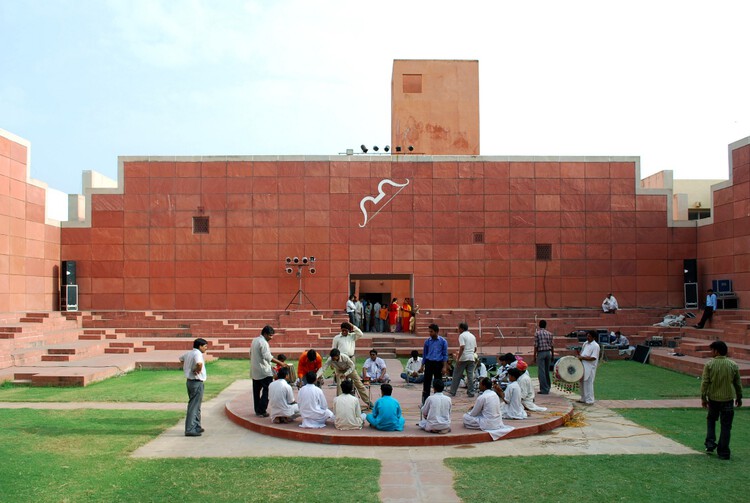
As the demand for cultural spaces in the country grows – owing to a budding contemporary music and art scene and improved quality of life – Indian and international architects shape models that will feed the country’s evolving image. Building on the past, designers can learn from the contributions of veteran architect Charles Correa to India’s cultural landscape. His designs for the Jawahar Kala Kendra and the Gandhi Memorial Museum exude an innate sense of openness, and inclusivity through their design. In a country with a vastly diverse demographic such as India, it is crucial to not only engage but encourage participation and ownership from all sections of society.
Contemporary cultural architecture in India, in comparison to its past precedents, is vastly different. “Projects in the post-independence period, such as Correa’s National Crafts Museum, came from a rich understanding of culture, economy, people, and arts and crafts. They had a larger vision that was shared by many people, and came more from a Socialist viewpoint”, Principal Architect and Partner at Mathew and Ghosh Architects, Soumitro Ghosh notes. He notices a shift in the aesthetic of contemporary cultural projects towards what he calls an “architecture of entertainment”. These projects reflect a sense of anxiety, chasing desires of global recognition, tight deadlines, and loud political statements. What results are spaces that become tentative and disconnected from means of impacting both the custodians and spectators of culture?

Moving towards an era of responsible cultural architecture demands a higher level of inclusivity and generosity to the public. Post-democracy, cultural infrastructure was a means to create an identity of a democratic nation by recognizing local and tribal cultures and eradicating the gap between the privileged and non-privileged. Public-private partnerships that dominate the landscape today will have to continue this effort, maintaining a connection with the stories of the people they serve. Architecturally, these projects must aspire to operate as a public space and enable accessibility in both a physical and cognitive sense. This may manifest as porous perimeters, locational accessibility, and wider varieties of spatial programs. Cultural architecture must strive to be included as a part of people’s holistic memory of the city.
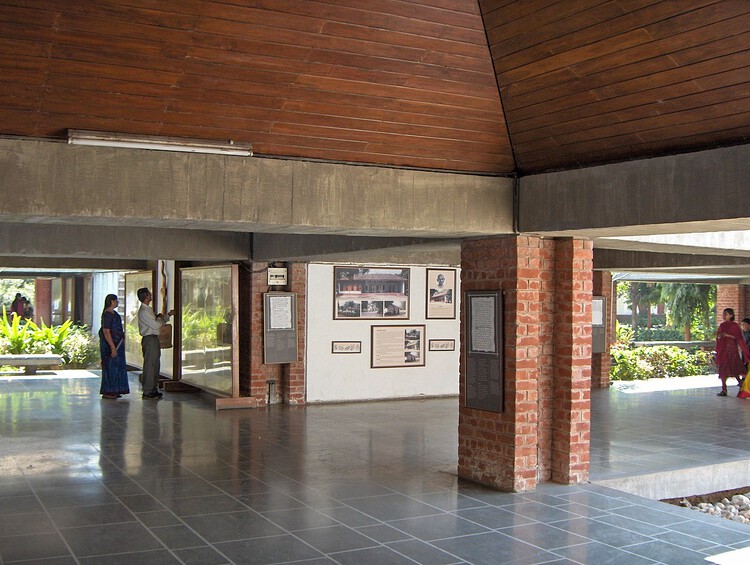
In India, projects of culture can be viewed in two categories – small-scaled initiatives that are localized and larger infrastructure at the scale of the city and beyond. While city-scaled projects convey India’s ambitions on a global platform, it is the grassroots initiatives of cultural communities that will sustain into the future. “What one sees in Bangalore is a palpable creative pulse of people with a vision for the city”, Ramachandran declares, “The country needs such kind of localized stewardship to forge influential spaces of cultural significance rather than ambitious large-scale shows of external value”.
As India’s population count rises and cities become more dense, more opportunities for the collision of like-minded people arise. Tight-knit cultural communities begin forming around confluences of creative energy. The trajectory of India’s cultural architecture rests upon collaborative endeavors and shared guardianship, engaging the public, private institutions, and the government alike. The success of these projects will be gauged not by a growing number of visitors, but by the diversity of people that feel welcome in the space. What will act as precedents for future projects are spaces where culture can be shared.
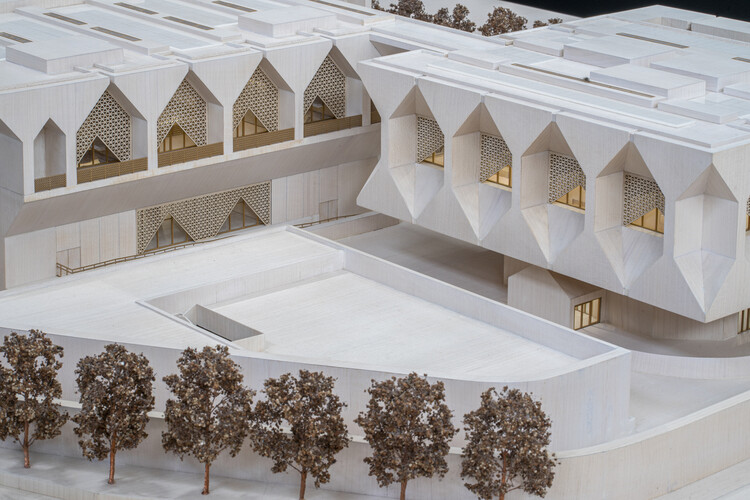
This article is part of an ArchDaily series titled India: Building for Billions, where we discuss the effects of population rise, urbanization, and economic growth on India’s built environment. Through the series, we explore local and international innovations responding to India’s urban growth. We also talk to the architect, builders, and community, seeking to underline their personal experiences. As always, at ArchDaily, we highly appreciate the input of our readers. If you think we should feature a certain project, please submit your suggestions.
